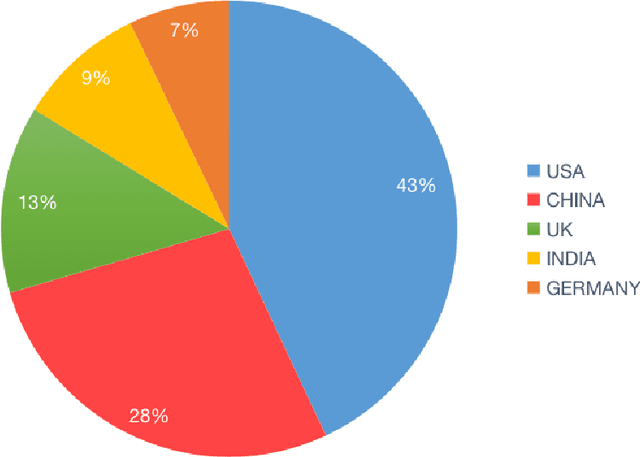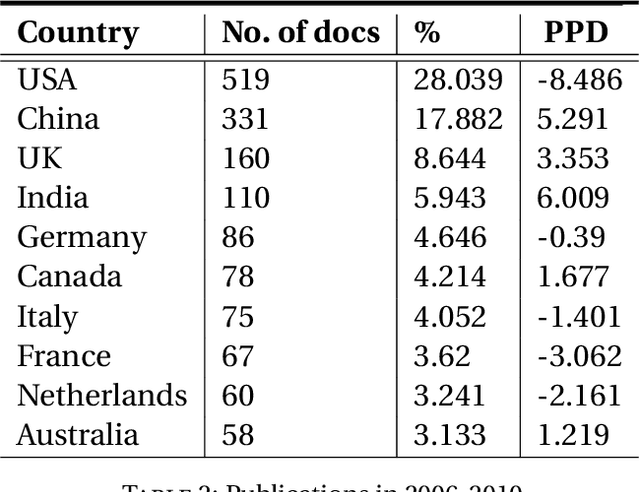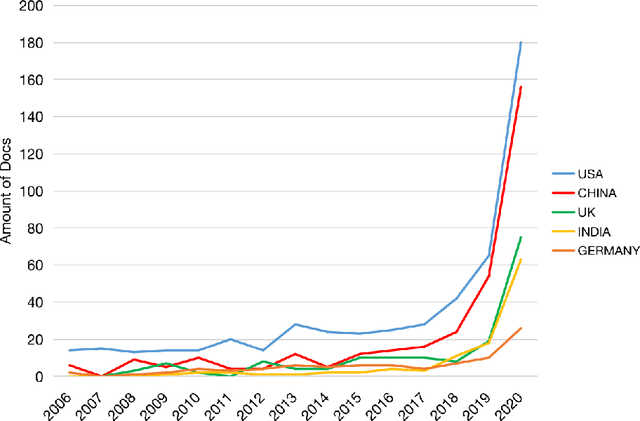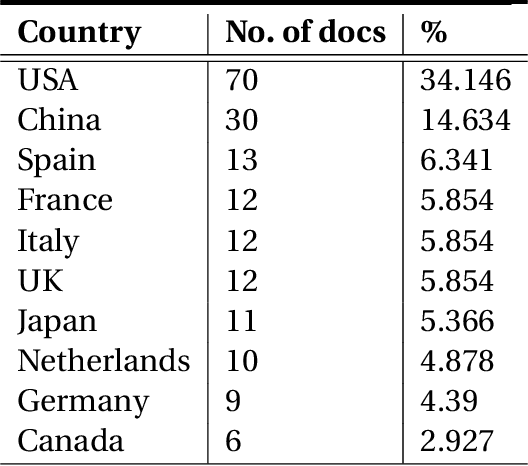Kuan Yan
Graph Pseudotime Analysis and Neural Stochastic Differential Equations for Analyzing Retinal Degeneration Dynamics and Beyond
Feb 10, 2025Abstract:Understanding disease progression at the molecular pathway level usually requires capturing both structural dependencies between pathways and the temporal dynamics of disease evolution. In this work, we solve the former challenge by developing a biologically informed graph-forming method to efficiently construct pathway graphs for subjects from our newly curated JR5558 mouse transcriptomics dataset. We then develop Graph-level Pseudotime Analysis (GPA) to infer graph-level trajectories that reveal how disease progresses at the population level, rather than in individual subjects. Based on the trajectories estimated by GPA, we identify the most sensitive pathways that drive disease stage transitions. In addition, we measure changes in pathway features using neural stochastic differential equations (SDEs), which enables us to formally define and compute pathway stability and disease bifurcation points (points of no return), two fundamental problems in disease progression research. We further extend our theory to the case when pathways can interact with each other, enabling a more comprehensive and multi-faceted characterization of disease phenotypes. The comprehensive experimental results demonstrate the effectiveness of our framework in reconstructing the dynamics of the pathway, identifying critical transitions, and providing novel insights into the mechanistic understanding of disease evolution.
Machine Learning-Based Prediction of Key Genes Correlated to the Subretinal Lesion Severity in a Mouse Model of Age-Related Macular Degeneration
Sep 08, 2024



Abstract:Age-related macular degeneration (AMD) is a major cause of blindness in older adults, severely affecting vision and quality of life. Despite advances in understanding AMD, the molecular factors driving the severity of subretinal scarring (fibrosis) remain elusive, hampering the development of effective therapies. This study introduces a machine learning-based framework to predict key genes that are strongly correlated with lesion severity and to identify potential therapeutic targets to prevent subretinal fibrosis in AMD. Using an original RNA sequencing (RNA-seq) dataset from the diseased retinas of JR5558 mice, we developed a novel and specific feature engineering technique, including pathway-based dimensionality reduction and gene-based feature expansion, to enhance prediction accuracy. Two iterative experiments were conducted by leveraging Ridge and ElasticNet regression models to assess biological relevance and gene impact. The results highlight the biological significance of several key genes and demonstrate the framework's effectiveness in identifying novel therapeutic targets. The key findings provide valuable insights for advancing drug discovery efforts and improving treatment strategies for AMD, with the potential to enhance patient outcomes by targeting the underlying genetic mechanisms of subretinal lesion development.
Artificial Intelligence Enhanced Rapid and Efficient Diagnosis of Mycoplasma Pneumoniae Pneumonia in Children Patients
Feb 20, 2021



Abstract:Artificial intelligence methods have been increasingly turning into a potentially powerful tool in the diagnosis and management of diseases. In this study, we utilized logistic regression (LR), decision tree (DT), gradient boosted decision tree (GBDT), support vector machine (SVM), and multilayer perceptron (MLP) as machine learning models to rapidly diagnose the mycoplasma pneumoniae pneumonia (MPP) in children patients. The classification task was carried out after applying the preprocessing procedure to the MPP dataset. The most efficient results are obtained by GBDT. It provides the best performance with an accuracy of 93.7%. In contrast to standard raw feature weighting, the feature importance takes the underlying correlation structure of the features into account. The most crucial feature of GBDT is the "pulmonary infiltrates range" with a score of 0.5925, followed by "cough" (0.0953) and "pleural effusion" (0.0492). We publicly share our full implementation with the dataset and trained models at https://github.com/zhenguonie/2021_AI4MPP.
 Add to Chrome
Add to Chrome Add to Firefox
Add to Firefox Add to Edge
Add to Edge